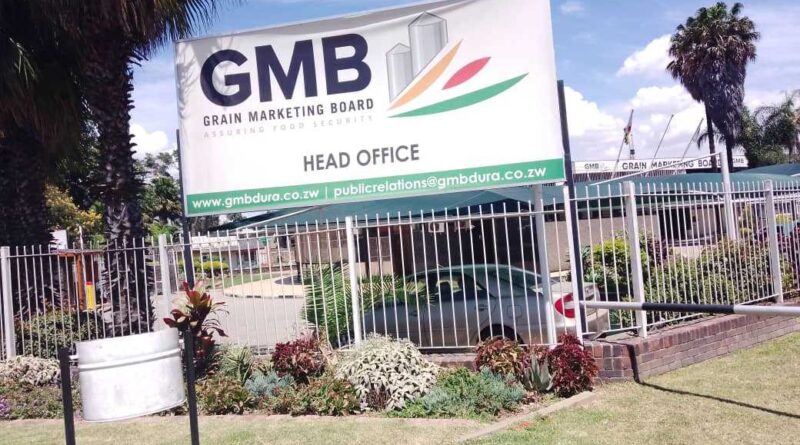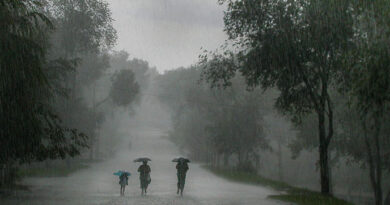Zim food secure despite drought forecast
Join our whatsapp news group: https://chat.whatsapp.com/LgSoTl9pN3GFMu7AB1N0DX
ZIMBABWE has a healthy maize and wheat grain reserve to guarantee national food security and Government is stepping up preparations for the summer cropping season to maximise on harvest in the face of projected below normal to normal rainfall.
This state of preparedness was presented by Information, Publicity and Broadcasting Services Minister Dr Jenfan Muswere, at yesterday’s post-Cabinet media briefing in Harare.
A preliminary weather forecast has indicated that large parts of Southern Africa are expected to have normal to below normal rainfall in the 2023/24 cropping season.
In view of the projections, Government has begun making steps to mitigate against envisaged shortages.
Cabinet also advised the nation that with a healthy grain reserve,including that of wheat that can cover the next six months, efforts were being made to mop up all grain from farmers through timeous payments fordeliveries.
“Cabinet wishes to inform the nation that the Grain Marketing Board Stocks as at 24/09/23 for maize stood at 215 000 metric tonnes,traditional grains at 48 026 metric tonnes and 137 414 metric tonnes of wheat,” said Minister Muswere.
“Wheat stocks will last for a period of six months at a monthly drawdown rate of 21 000 metric tonnes.
“With a projected El Nino season ahead, the private sector has been allowed to import additional maize and soyabean.
“In addition, the importation of mealie-meal by households will continue duty free. Pertaining to winter wheat, a record 90 192 hectares have been planted with an estimated volume of 420 000 metric tonnes expected to be harvested.
“About 70 percent has been grown by A2 (57 percent) and A1 (13 percent) farmers, attesting to the success of the land reform programme.
“Meanwhile, wheat harvesting has commenced with some 900 hectares having been harvested to date.”
For the upcoming cropping season, a target of 92 000 hectares has been set for grain.
With an eye on the projected rainfall pattern, over 40 percent of maize seed set aside is the early to ultra-early maturity varieties so as to boost yield successfully.
“Under the National Enhanced Agriculture Production Programme (NEAPS), a target of 92 000 hectares has been set,” said Minister Muswere.
“About 40,8 percent of available maize seed is of early to ultra-early maturity. The acceleration of the Pfumvudza/Intwasa Programme is progressing well as well as the distribution of inputs across the country”.
Cabinet also advised the nation that dams are 82 percent full across the country and 70 316 hectares have been committed for irrigated maize production, with a potential of 400 000-500 000 tonnes of production.
Government is also committing to contribute over US$642 million while the Bankers Association indicates that $68 billion and US$160 million has been committed for the 2023/24season.
On the rainfall forecast, Cabinet advised that regions 1, 2, and 3 will have a higher probability of receiving normal to below normal rainfall for most of the sub-seasons that make the period October 2023 to March 2024.
The bulk of Matabeleland North Province, parts of Midlands covering Gokwe North and South districts, and parts of Matabeleland South province are expected to receive below normal to normal rainfall, while normal rainfall with a bias towards below normal rainfall is highly likely for the remaining provinces.




